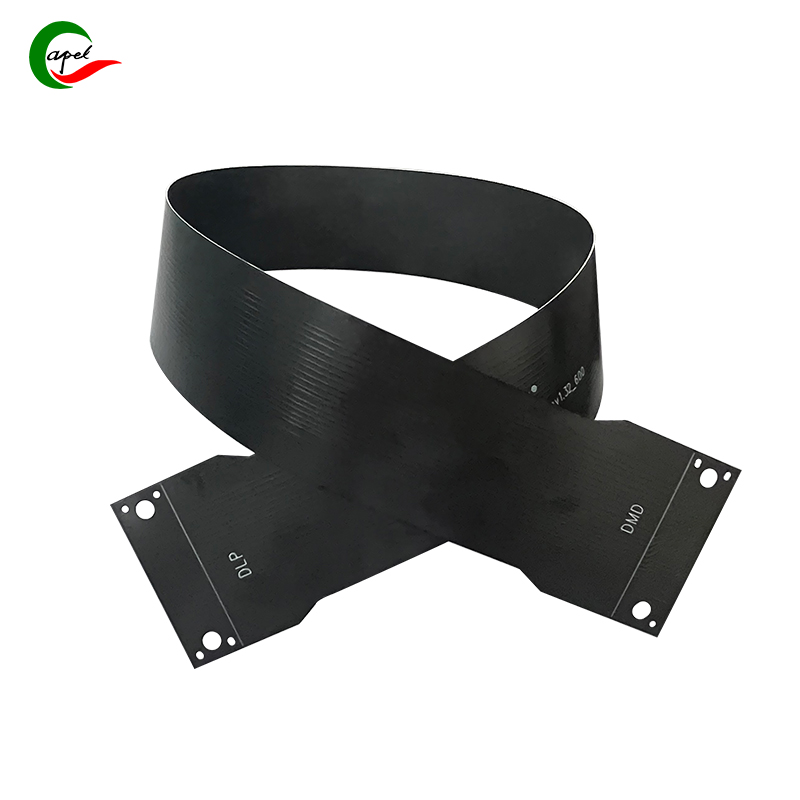In this blog post, we’ll explore how the thickness of a flex circuit affects its overall performance.
Flexible circuit boards, also known as flex circuits, have revolutionized the electronics industry with their ability to bend, fold and conform to complex shapes. These boards are used in a wide variety of applications including consumer electronics, medical devices, automotive systems and aerospace technology. A key factor of a flexible circuit board that directly affects its performance is its thickness.
Before we delve into the various aspects of flex circuit thickness affecting performance, let’s first understand what a flex circuit board is. Simply put, it is a thin, lightweight, highly flexible electronic circuit made of a combination of conductive and non-conductive materials. Unlike rigid circuit boards, which are flat and inflexible, flex circuits can be bent, twisted and stretched without affecting their functionality.
Now, let’s discuss the effect of thickness on flex circuit performance.
1. Mechanical flexibility and durability :
The thickness of a flexible circuit board plays an important role in determining its mechanical flexibility and durability. Thinner flex circuits tend to be more flexible and can withstand more extreme bending and folding without the risk of material fatigue or failure. On the other hand, thicker flex circuits may be less flexible and more susceptible to damage when repeatedly bent or stretched.
2. Manufacturing and assembly:
The thickness of the flexible circuit affects the manufacturing and assembly process. Thinner circuits are easier to handle and can be more efficiently integrated into complex and compact designs. Additionally, thinner circuits require less space, allowing for smaller, lighter electronics. However, thicker flex circuits provide greater sturdiness during assembly and can withstand higher temperatures and pressures during soldering and bonding.
3. Electrical performance :
The thickness of a flexible circuit board affects its electrical performance. Thinner circuits provide lower resistance and higher signal integrity, making them suitable for high-speed applications. Thicker circuits, on the other hand, offer better thermal conductivity and electromagnetic shielding, making them ideal for applications that require excellent thermal dissipation or EMI (electromagnetic interference) protection.
4. Bending life:
The thickness of a flex circuit directly affects its flex life, which is the number of times the circuit can be bent or flexed before it fails. Thinner circuits generally exhibit longer flex life due to their increased flexibility. However, specific materials, designs, and manufacturing processes also play a critical role in determining the overall durability and service life of a flexible circuit.
5. Dimensions and weight :
The thickness of flexible circuits affects the size and weight of electronic devices using them. Thinner circuits allow for smaller, more compact devices, making them ideal for portable electronics and space-constrained applications. On the other hand, thicker circuits may be better suited for applications where weight is not a major issue or where increased mechanical strength is required.
In summary, the thickness of a flexible circuit board has a great impact on its performance. Thinner flex circuits provide greater mechanical flexibility, enhanced electrical performance and smaller form factors. Thicker flex circuits, on the other hand, offer greater robustness, better thermal conductivity, and better shielding capabilities. When selecting the appropriate thickness for a flexible circuit board, it is critical to consider the specific requirements of the application and the desired performance characteristics.
Post time: Sep-21-2023
Back







